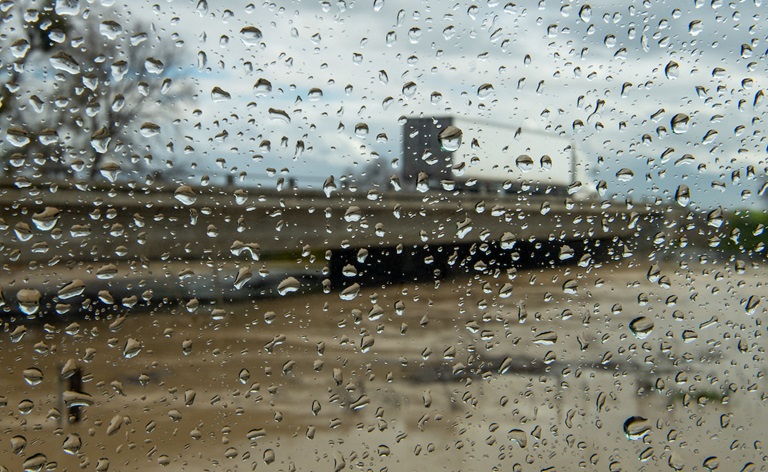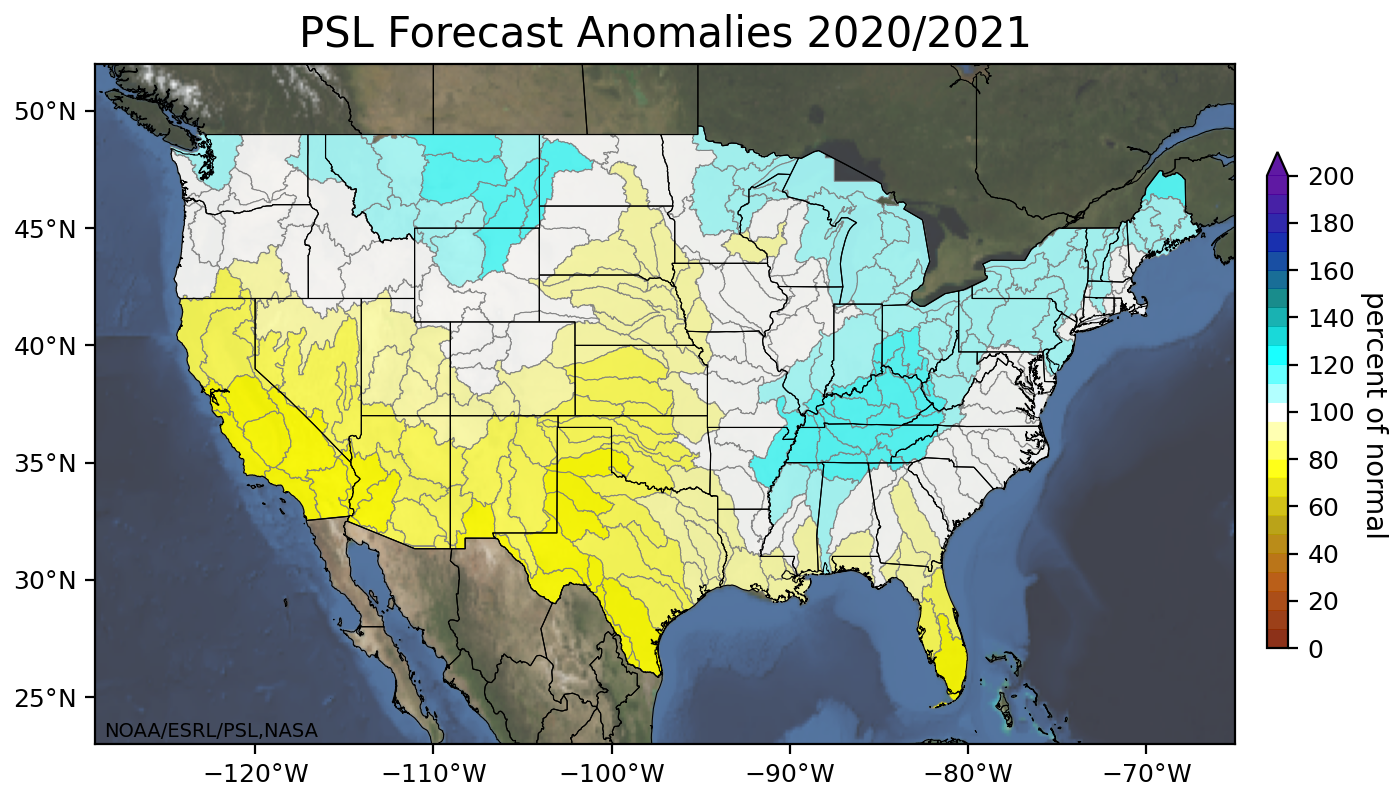Will This Winter Be Wet or Dry? DWR Leads Innovative Effort to Advance Forecasting Research
Image of rain fall with freeway overpass in background. DWR/2019
By Jeanine Jones, DWR Interstate Resources Manager
***This is part 1 in a series of articles DWR is publishing about California’s 2021 water year and dry conditions.
California’s 2020 Water Year, which ran from Oct. 1 to Sept. 30, emphasized the State’s extreme weather swings, with drenching rains in the southern part of the state and dry conditions in the north. So far, California’s fall and winter seasons have seen intermittent precipitation, which has left many asking: what can we expect for Water Year 2021?
When asked this question, water managers look to forecasts. Conventional weather forecasts extend only about two weeks out, but most of their “skill” or statistical accuracy is in the first week. Sub-seasonal to seasonal (S2S) forecasts differ from conventional weather forecasts as they extend significantly further into the future.
Sub-seasonal forecasts extend to about six weeks out, which is a useful time period for considering reservoir operations scenarios. Seasonal forecasts can cover months to an entire wet season and are especially helpful for making a wide range of resource allocation decisions and informing drought preparedness activities. However, the present ability to predict precipitation through S2S is limited, reflecting the need for more investment in forecasting research.
The Department of Water Resources (DWR) is working to improve forecasting by partnering with the research community to fund experimental forecasts of S2S precipitation to help us better understand what we can expect during the winter.
An example of an experimental product funded by DWR that is based on a statistical model for seasonal precipitation is shown below.

What does this tell us about California’s upcoming winter? The forecast, prepared by DWR’s partners at the National Oceanic and Atmospheric Administration’s (NOAA) Earth Systems Research Laboratory in Colorado, predicts dry conditions for the current wet season (November to March). Other experimental products being prepared for the first time in partnership with the National Aeronautics and Space Administration’s (NASA) Jet Propulsion Laboratory are also suggesting dry conditions.
La Niña conditions, which historically have been mostly associated with drier conditions in Southern California, are present in the tropical Pacific Ocean and are expected to persist into the spring. The combination of experimental forecasts and La Niña suggest dry conditions for at least Southern California.
Improving prediction capabilities is an area that requires ongoing research and investment, and DWR looks forward to continued work with its research partners to improve seasonal to sub-seasonal forecasts. The ability to develop forecasts with longer lead times will greatly benefit water managers in their work to sustainably manage California’s water supply.
